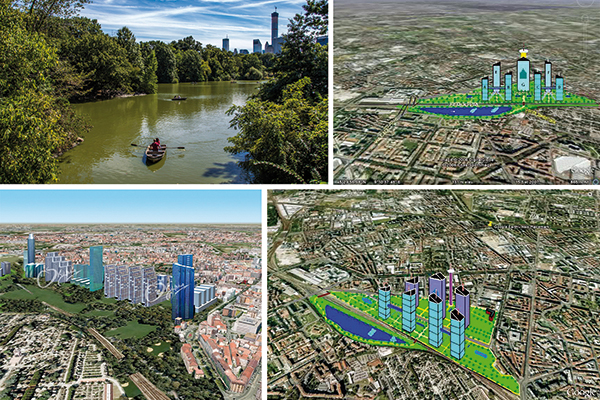La rappresentazione della città nel web. Riflessi sulle immagini costruite dagli utenti digitali
DOI:
https://doi.org/10.15168/xy.v3i6.97Abstract
Il fenomeno del flusso di immagini digitali reperibili in rete assume ormai i contorni di un layer di narrazioni visive che si estende sullo spazio reale quasi come un suo doppio rappresentativo. Il potere del web di ridurre tempo e spazio e di penetrare nella società garantisce del resto alle immagini un dominio del tutto nuovo non paragonabile ad altre forme di comunicazione. Ciò implica anche la capacità di veicolare retoriche e di influenzare le scelte democratiche attraverso le quali devono passare le grandi decisioni sulle trasformazioni urbane. Ma in realtà il mondo delle immagini in rete manifesta dinamiche ancor più ampie che si nutrono di aspetti commerciali, sociali e comunicativi, sedimentati ormai nella forma della spettacolarizzazione dello spazio. Tra utenti e rete si instaura quindi una rincorsa al soddisfacimento visivo per richiamare l’attenzione. Sul web vive ormai un’immagine globalizzata di città dietro la quale si intravedono chiaramente ideologie neoliberiste. Attorno a queste icone si coagulano spesso comunità di utenti del web che, attraverso forum di discussione online, dibattono, commentano e propongono le proprie visioni di città. L’interazione con le immagini può però spingersi anche oltre, fino ad innescare vere e proprie proposte progettuali costruite comunitariamente. Si tratta di rappresentazioni, centrate sull’immagine, totalmente gestite e condivise dagli utenti del web che, attingendo talvolta con ingenuità alle fonti di riferimento di internet, dimostrano tuttavia la natura inclusiva dello spazio digitale e le potenzialità aggreganti dell’immagine sul web nonché un impatto, verosimilmente crescente, seppur problematico, sui destini della città, sulla memoria condivisa e sulle aspettative future.


